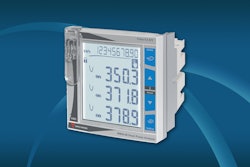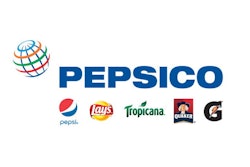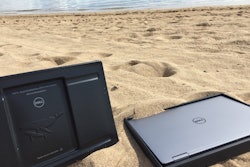Whether it’s a snow crystal or the interfacial interactions between two chemicals, hidden geometric forces prevail everywhere we look. Symmetry, repeatability, and arranged pattern are permanently concealed in nature. From the flowers in the garden to the proteins in our body, nature has packed everything efficiently.
The discipline of packaging is also touched by these forces. Packaging design, packaging materials, and materials-related chemistry are some of the areas where you observe these fascinating shapes, which repeat themselves again and again. Sometimes a packaging material’s very functionality is derived from these shapes. A good example might be the honeycomb pattern of some corrugated materials, a pattern of hexagons repeated over and over again.
In other corrugated structures we see the arch form, another natural phenomenon. Or look at methane gas molecules, which exist in tetrahedral shapes. Or a water droplet, which is nothing more than a distorted sphere.
In pondering such things and considering their relation to the discipline of packaging, it pays to remember a simple law of thermodynamics: that everything in nature wants to go to the lowest energy form and efficiency. The inefficient shapes or geometries existing in nature are forced to exist due to various barriers or forces that distort the efficient structure.
Consider the sphere, which has the lowest surface area as compared to other shapes. But when you have two spheres come close together, they join together to form a common wall, which optimizes the surface area and reduces surface stress/forces. Each time three spheres come in contact they will always join each other at 120ºC to reduce the surface area and surface stress, as in the case of honeycomb structures. The number of spheres touching each other will determine the actual geometry of the final shape.
Or look at the arch, one of the oldest geometries used in structural design, which is deployed in the corrugated medium used in packaging to gain a cushioning effect. It’s a uniform stress transfer in two perpendicular directions, which helps in withstanding compressive forces. So what it comes down to is that today’s packaging designers, like mathematicians, physicists, engineers, and artists before them, routinely exploit natural forms to bring efficiency, functionality, and value to the packages they produce.
Ajay Kathuria ([email protected]) is Assistant Professor, Industrial Technology, California Polytechnic State University, San Luis Obispo, CA.


























